Our Digital Archive
This is a record of our work and observations over the years. These articles are preserved to show the evolution of digital technology and marketing strategy. While some content may be dated, the foundational principles remain relevant.
-

From M1 to M4: An iPad Pro Evolution for 3D Scanning Professionals
For service providers, the most critical specification is RAM. We exclusively use iPad Pro models with 1TB or more of storage, as these are configured with 16GB of RAM... that extra 4GB is the difference between a smooth scan and a crashing app.
-

Matterport on Android: A 2025 Guide for Professionals & Enthusiasts
The introduction of the Android app democratized 3D scanning, enabling a vast new audience to access the platform through a tiered approach, allowing users to start with the device in their pocket and scale up as their needs grow.
-

Demystifying Matterport: A Guide to Scanning Without a Pro Camera
A tour made with a phone or 360 camera is an excellent visual tour, great for marketing. A tour made with a Pro camera is a true digital twin—a dimensionally accurate data asset suitable for construction and professional documentation.
-

Anatomy of a Professional Matterport Scan: A 2025 Guide
The process is a blend of meticulous on-site work and powerful cloud processing. This guide demystifies the professional scanning process using the Matterport Pro2, from pre-scan consultation to final digital twin delivery.
-
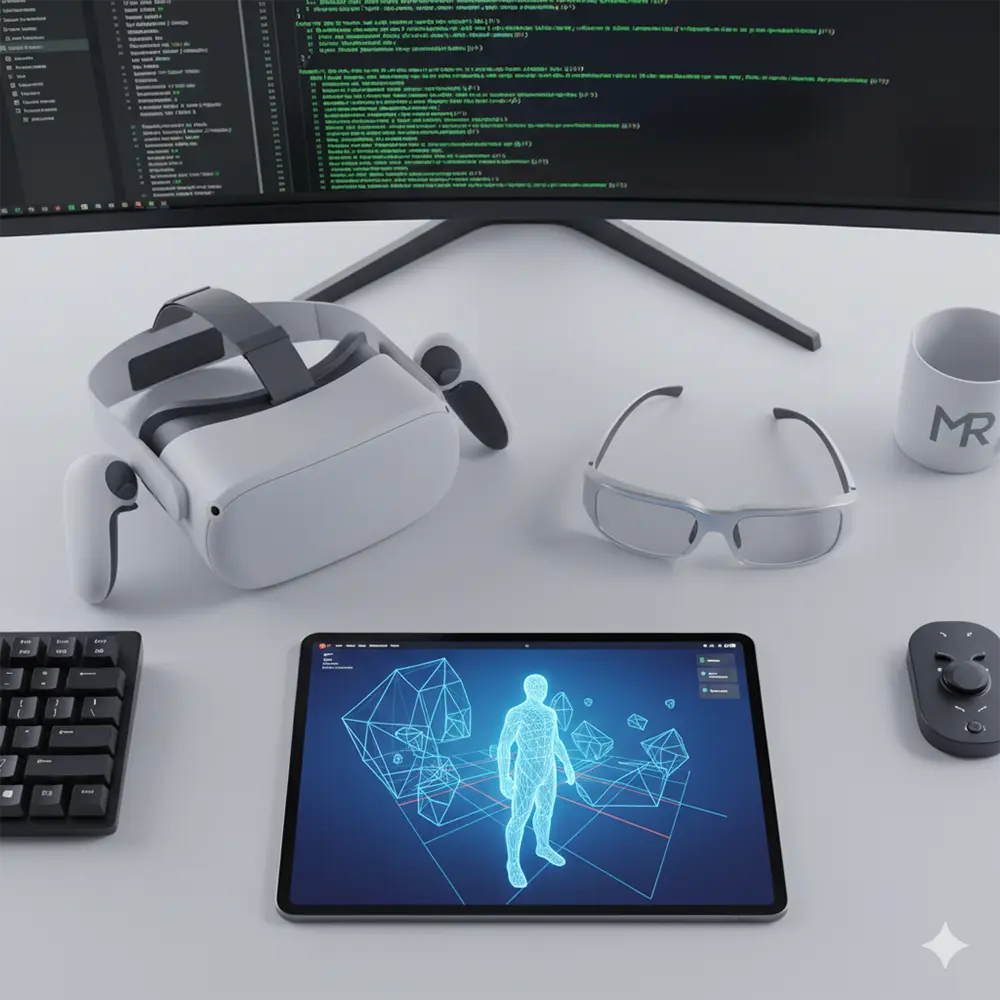
A Curated Guide to AR, VR, and XR Resources for 2025
The market has decisively moved away from smartphone-based VR towards powerful standalone headsets, while the introduction of Apple's Vision Pro has pushed the conversation towards "Spatial Computing."
-
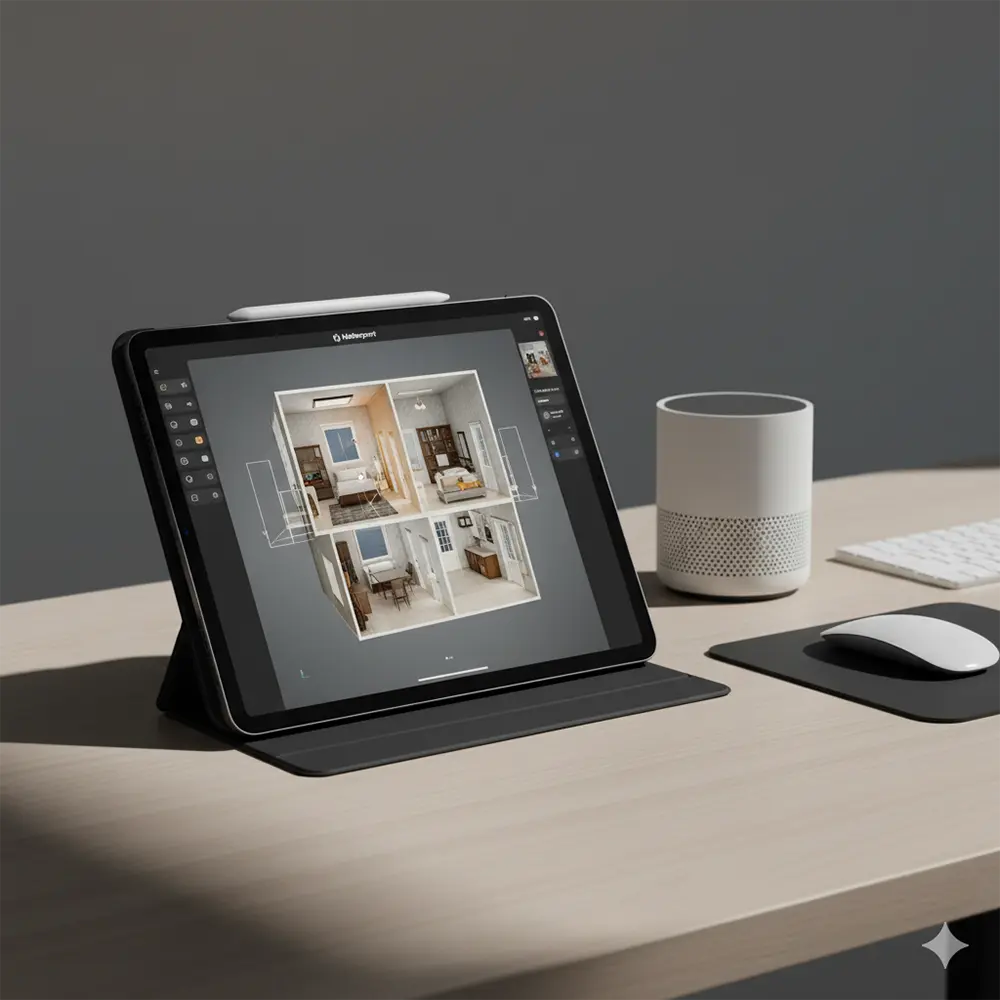
From the Archives: Our Journey with the Apple Ecosystem in Immersive Tech
Our path to offering Matterport services began with a simple hardware reality. Years ago, our entry into panoramic media was through early Insta360 cameras designed as accessories that plugged directly into an iPhone's Lightning port.
-

Google Ad Grants for Non-Profits: The Complete 2025 Guide
To use AI-powered Smart Bidding, you must have meaningful conversion actions tracked on your website. This is the single most important technical requirement for a successful modern Ad Grant account.
-
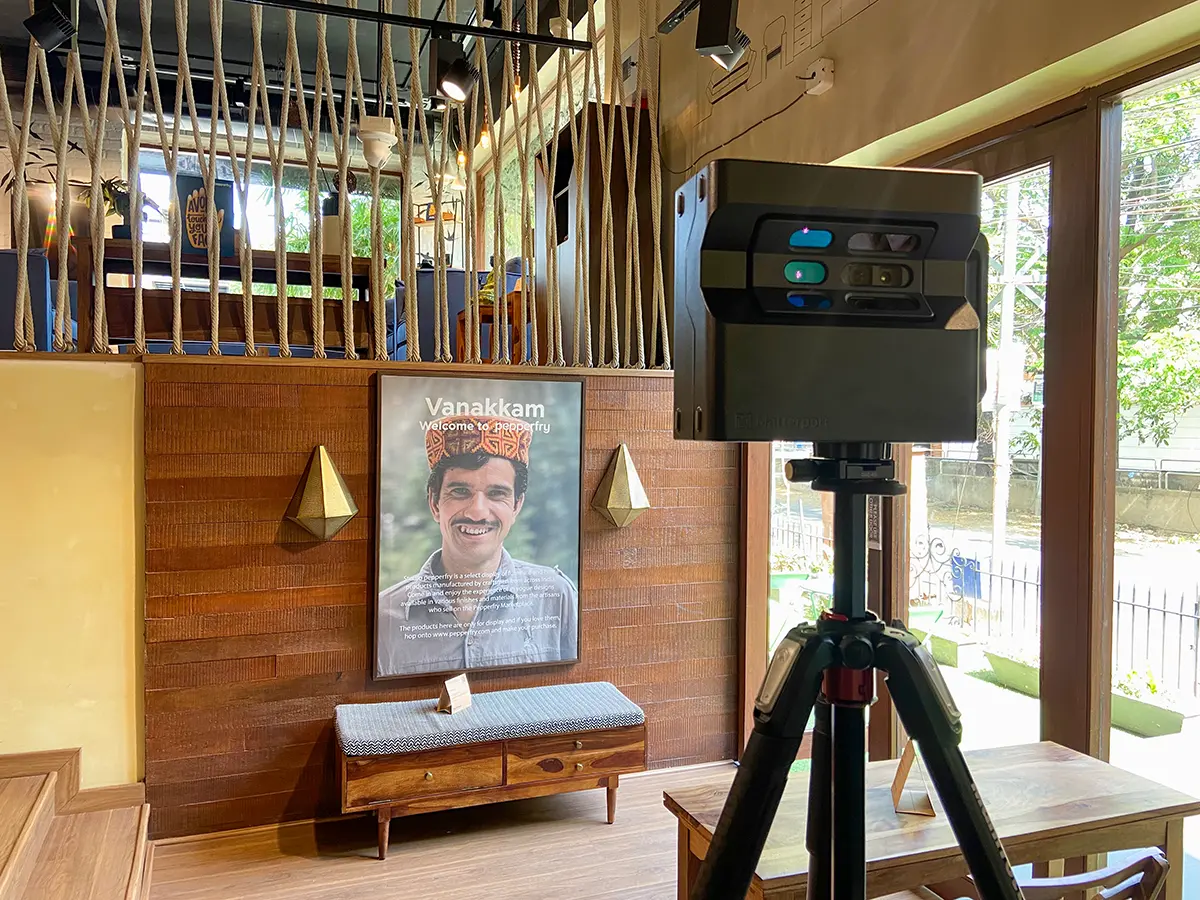
The Adostrophe Journey: From E-Commerce to a Full-Service Digital Agency
Growing geopolitical tensions and complexities in the import supply chain made the hardware resale business challenging. Simultaneously, our interest shifted toward professional-grade immersive technology, prompting a strategic pivot.
-
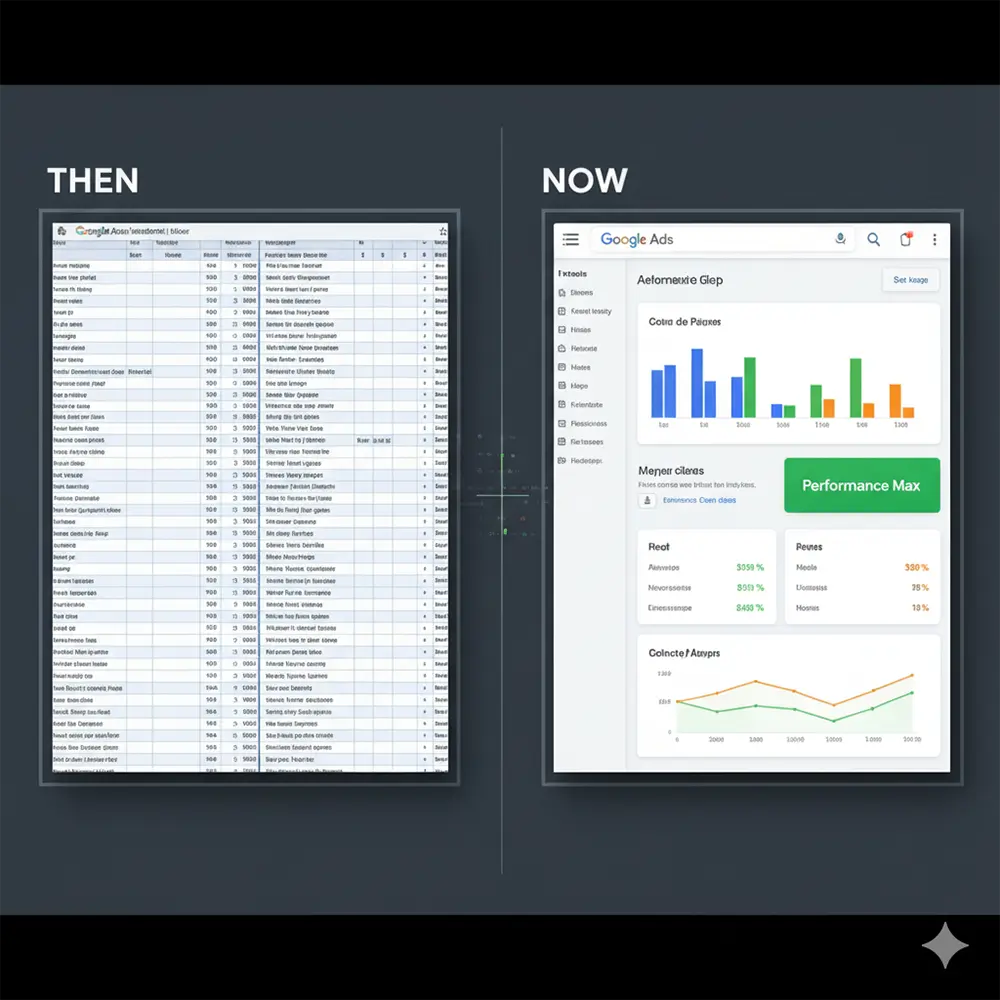
Getting Started with Google Ads in 2025: A Beginner's Guide (Then & Now)
Think of it this way: Your job as the advertiser is to be the Architect. You define the goal and provide the materials. Google's AI is the Interior Designer. It takes your materials and arranges them in front of the perfect audience.
-

The Digital Marketer's Bookshelf: Essential Resources for 2025
In digital advertising, knowledge has a short half-life. The platforms, policies, and privacy regulations that define our industry evolve at a relentless pace. Continuous learning is not just beneficial; it is a fundamental requirement.
-
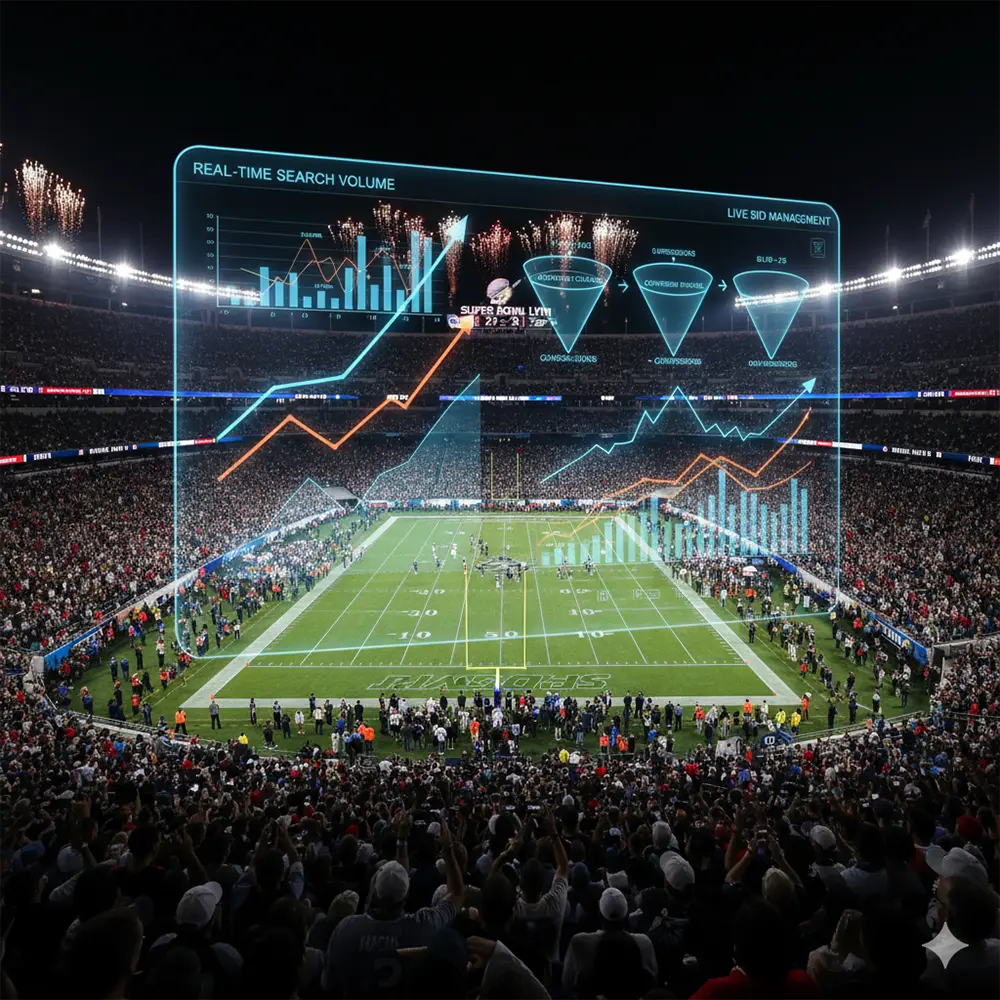
From the Archives: Anatomy of a 2015 Super Bowl PPC Campaign
The strategy for non-sponsor brands was to leverage the seasonal spike to advertise their own products, capturing the massive halo effect of the Super Bowl by targeting ancillary demand for food, travel, and merchandise.
-

From the Archives: A 2015 Valentine's Day PPC Strategy & The Art of Competitive Bidding
A common internal tactic was the "competitive dedupe." This was an aggressive strategy: acquire a keyword list from a top competitor's account and run it against your own, identifying any non-branded terms you were missing.
-
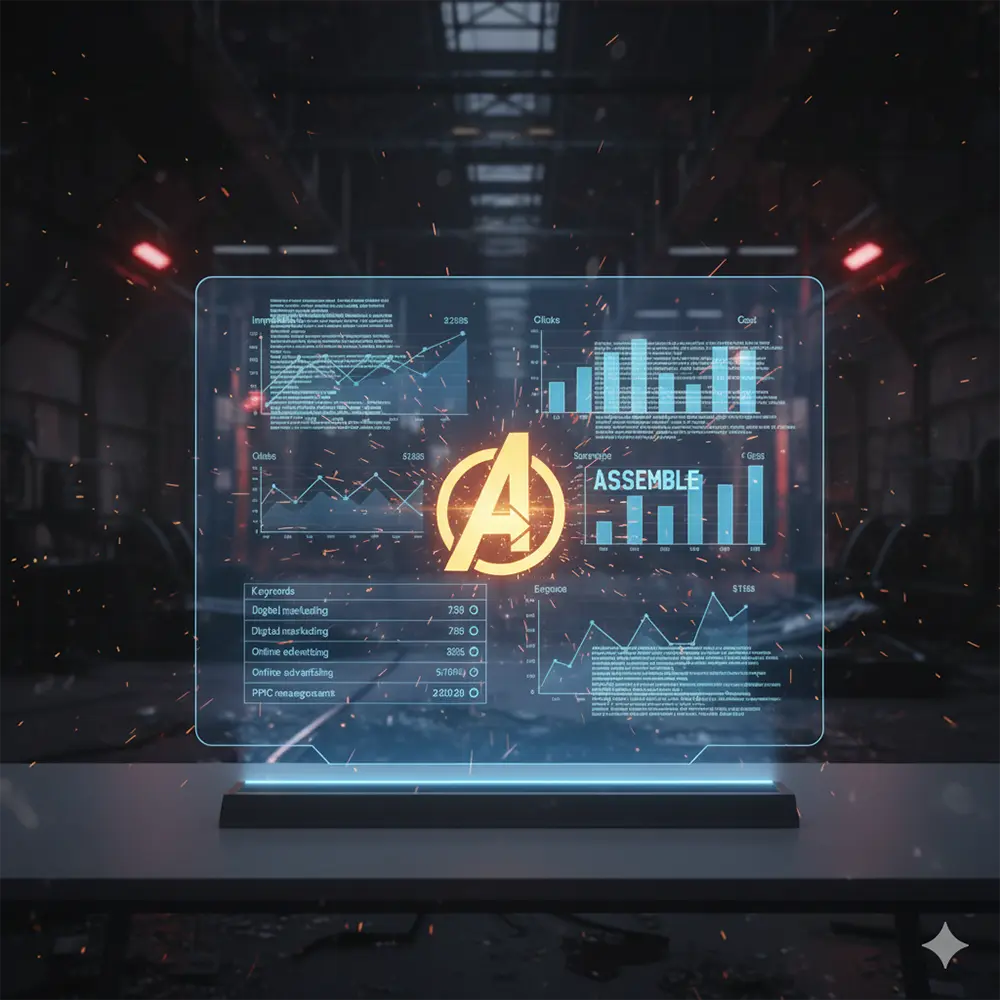
From the Archives: A 2014 Google Ads Strategy for 'Avengers: Age of Ultron'
For an ensemble like *The Avengers*, the search volume for character names (Iron Man, Hulk) and the franchise (Marvel) often dwarfs that of the individual actors. The strategy must prioritize keywords that match how the audience actually thinks.